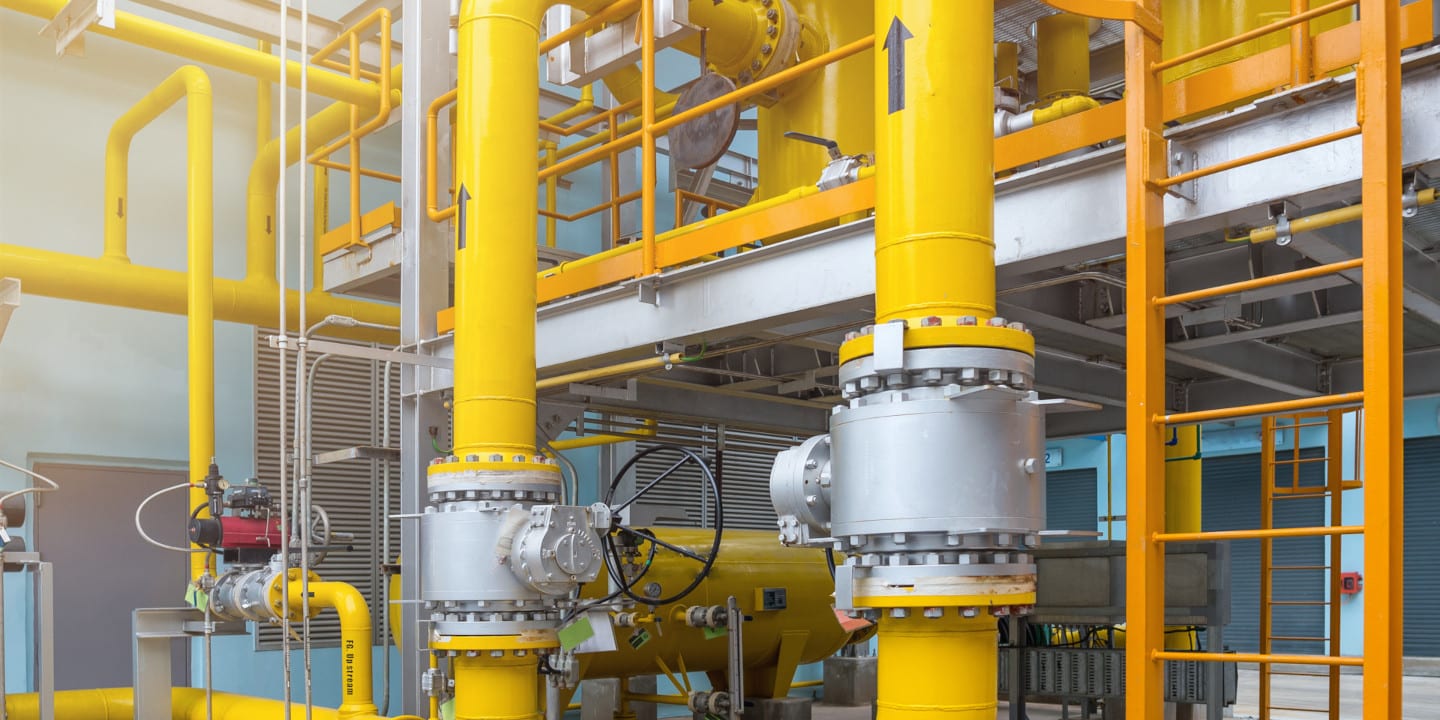
Piping systems are major investments for any company, organization, or municipality that requires them, but their costs aren’t limited to initial installation. In addition to the expenses involved in designing and building them, piping systems also come with a wide array of maintenance costs to ensure their efficient and ongoing operation. Optimizing these systems over their life cycles is key to maximizing both piping system performance and ROI.
How can engineering teams track their piping system performance? By calculating their “system power cost,” engineers can measure the energy required to operate and maintain the various components of a piping system. Using PIPE-FLO from Revalize’s System Power Cost feature, engineers can access the financial and equipment usage insights they need to optimize their fluid piping systems.
As a member of the ISO/ASME Pump system assessment 14414 standard, the PIPE-FLO team was tasked with developing a method for assessing a pumping system. The assessment considered the entire pumping system, from energy inputs to the work performed. Our primary goal was to determine the current energy consumption, identify ways to improve system efficiency, and present the results in a meaningful way to a diverse team of stakeholders, from technical to financial professionals.
PIPE-FLO simulates how the system operates, but the results are presented in a variety of engineering units, such as head, pressure, horsepower, kiloWatts, and capacity. In order to share the results in an easy-to-understand set of units, the engineers presented the amount of electricity used to power equipment motors each hour as standardized dollars per unit of time. This is otherwise known as the system power cost.

The figure above represents a system consisting of a supply tank, pump, heat exchanger, flow element, flow control valve, and destination tank. The drawing shows the calculated values for the installed instruments, specifically the level and pressures in the tanks, the pump suction and discharge pressures, the flow rate, and the corresponding position of the control valve.
This provides plant operators with the information needed to operate the system, but offers only limited insight on how efficiently the system is operating — and nothing about the operating cost.
PIPE-FLO fixes this by showing how the energy is used within the system to calculate costs, as shown in Figure 2 (below). The flow rate through the system is set to 400 gpm, based on the set point of control valve ST1-1-FCV1. The flow rate through the pump produced 204.7 feet head, with an efficiency of 51% based on the pump curve, and requires 43.79 horsepower into the motor shaft.

Via PIPE-FLO’s calculated results, you can see the energy supplied by the pump and observe the losses associated with the process and control elements. You can also see how much power is supplied to the pump to provide the required flow rate, along with pump efficiency. Notice the head loss across the heat exchanger and the head loss across the control valve needed to maintain the required flow rate. Finally, the calculations show the difference in static head that must be overcome for the system to work.
Looking at the results, only half of the power supplied to the pump is used to move the process fluid through the system. Approximately 40% of the power supplied by the pump is consumed by the control valve.
You might be left wondering: How much does your current system cost to operate, and what can be done to minimize the operating costs? PIPE-FLO v17.5 features a new System Power Cost capability designed to address those questions.
By entering the local cost of electrical power, and the length of time for system operation, PIPE-FLO calculates the cost to operate the pump element, and the operating cost of each item in the system. Figure 3 (below) shows the power cost for each item in our sample system. In this example, the power cost is $0.10 per kWhr (annualized), and the system is operating for 100% of the evaluation period.

With the dissipated power and cost values displayed, all stakeholders can access the financial insight into the system’s operation. Notice that the pump has an annual input power cost of $28,618. Of that, only 51% of the power is used to move the fluid through the system, highlighting the dissipated power, along with the dissipated power cost, for each item in the system.
Notice that the flow orifice ST-1-FE1 consumes 1.04 kW of power and costs $912 in annual operating costs. Furthermore, control valve ST1-1-FCV1 consumes 6.58 kW of power, with an annual operating cost of $5,766 per year, to limit the flow rate to 400 gpm.
With this financial insight, stakeholders can see how much it costs to operate the piping system, and how much power is consumed by the pump based on its efficiency.
Using the computational power of PIPE-FLO, engineers can insert a new and more efficient pump (possibly with a Variable Speed Drive) into the model to simulate system operation along with savings in operating cost. Then, document the values and savings using PIPE-FLO’s new System Cost Report. The tool allows users to create both pie charts and lists that feature pump input and output power, and the dissipated power cost for each item in the system. See Figure 4 (below) for more.

PIPE-FLO is the engineering standard for modeling and simulation calculations to manage your entire fluid system lifecycle. From design to digital twin simulations, our software is proven to save time and money.
Using PIPE-FLO’s System Power Cost feature provides your team with clear and actionable financial and sustainability insights on fluid piping systems — insights expressed in “dollars and cents,” which are measurements that resonate throughout an organization.
Ready to learn more about your own system power costs? Schedule a Product Demonstration with us today.